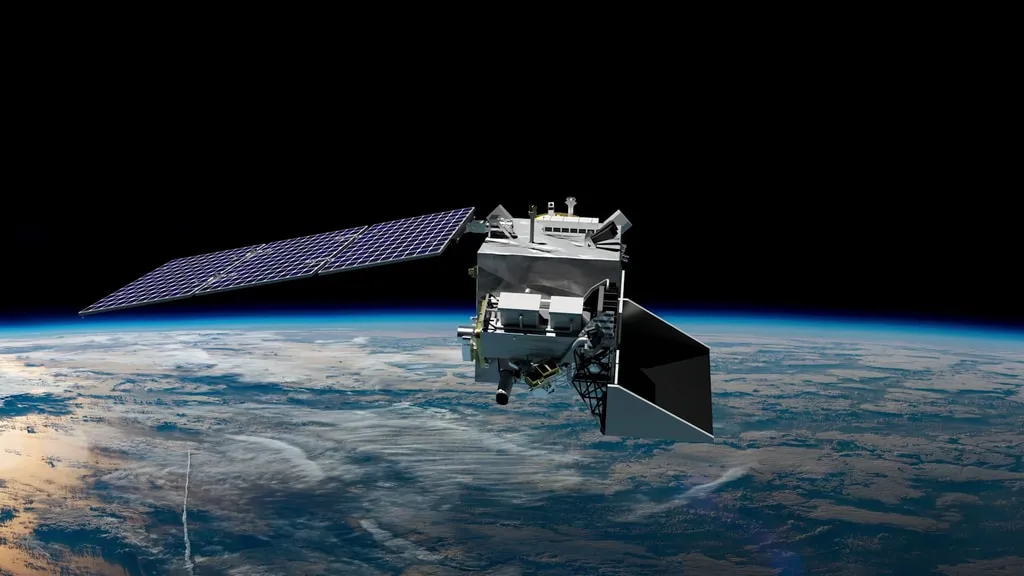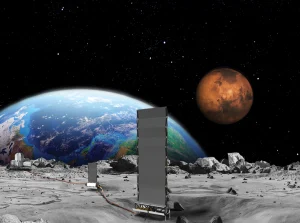UPDATE: SpaceX launches PACE Mission To Unveil Ocean and Atmosphere Secrets
5th Feb 2024
NASA has recently announced comprehensive coverage of the pre-launch and launch procedures for its upcoming PACE mission. PACE, which stands for Plankton, Aerosol, Cloud and Ocean Ecosystem, aims to study how the Earth’s oceans and atmosphere interact in an evolving climate. The launch of the PACE mission is scheduled for 1:33 am EST on Tuesday, 6th February. The mission will be launched on a SpaceX Falcon rocket from Space Launch Complex 40 at the Cape Canaveral Space Station in Florida.
Once in orbit, PACE will study the impact of microscopic life present in water and tiny particles in Earth’s air. About 45 minutes prior to liftoff, live coverage of the launch will be available on various platforms, including NASA Television, NASA+, and the agency’s official site. The coverage of the launch will also include blog updates. Furthermore, photos and streaming video of the launch will be made accessible once the liftoff has occurred.
Update 8th February
NASA’s latest Earth-observing satellite successfully launched into orbit on 8th February. The Falcon 9 took off from Cape Canaveral’s Space Launch Complex 40 at 1:33 a.m. EST (0633 GMT).
Approximately 7.5 minutes post-launch, the initial stage of the rocket executed a successful vertical landing at Landing Zone 1, situated at SpaceX’s Cape Canaveral facility. Five minutes later, the Falcon 9’s upper stage released PACE into a sun-synchronous orbit (SSO) positioned near 420 miles (677 kilometers) above Earth.
Update 6th February
NASA and SpaceX have postponed the launch of the Plankton, Aerosol, Cloud, ocean Ecosystem (PACE) mission originally scheduled for Tuesday, Feb. 6, due to unfavourable weather conditions persisting in the splashdown area off the coast of Florida.
The new launch target is set for 1:33 a.m. EST (06:33 UTC) on Wednesday, Feb. 7, from Space Launch Complex 40 at Cape Canaveral Space Force Station in Florida. Both the PACE satellite and the Falcon 9 rocket are in good health.
NASA’s PACE Mission to Monitor Ocean-Atmosphere Carbon Dioxide Exchange and Harmful Algae Growth
The PACE mission will use advanced instruments, including the Ocean Color Instrument, the Spectro-polarimeter for Planetary Exploration, and the Hyper Angular Rainbow Polarimeter, to measure light over a broader range of frequencies and with greater precision than ever before.
The data acquired through NASA’s PACE mission will provide invaluable insights into the exchange of carbon dioxide between the ocean and the atmosphere. Additionally, it will uncover how aerosols contribute to the growth of phytoplankton in the uppermost layer of the ocean. The use of PACE data is expected to have positive impacts on the economy and society. For instance, it will aid in identifying the scope of harmful algae growth.
PACE is set to build on NASA’s sustained observations of the Earth and will enhance and extend them, enabling researchers to monitor the Earth’s vital signs in new and improved ways for many years into the future.
Once launched, PACE will move to an orbital altitude of 676.5 km at a 98-degree inclination. The spacecraft will operate in a sun-synchronous, polar orbit with 1300 local crossing time and has been designed to function for three years. However, the space vehicle carries up to ten years worth of fuel. The nominal three-year mission, which includes operation support, launch expenditures, and spacecraft development, has a cost of $948 million.







Thank you for your comment! It will be visible on the site after moderation.